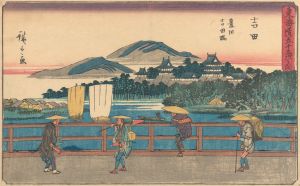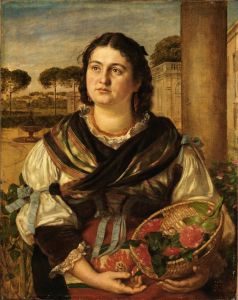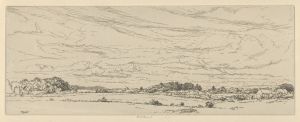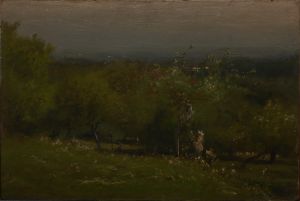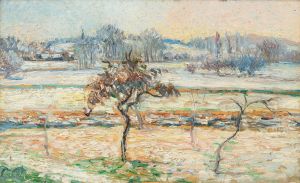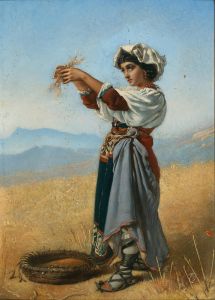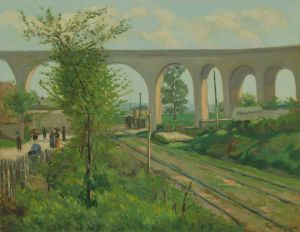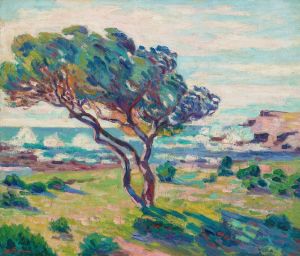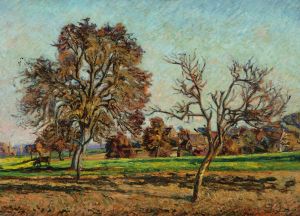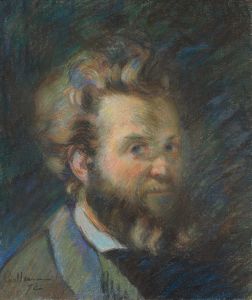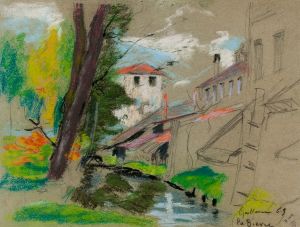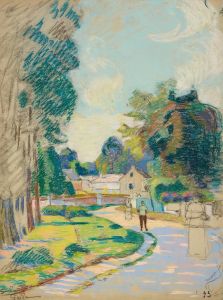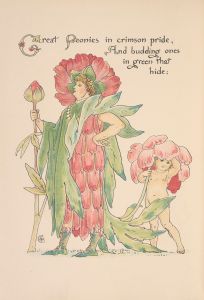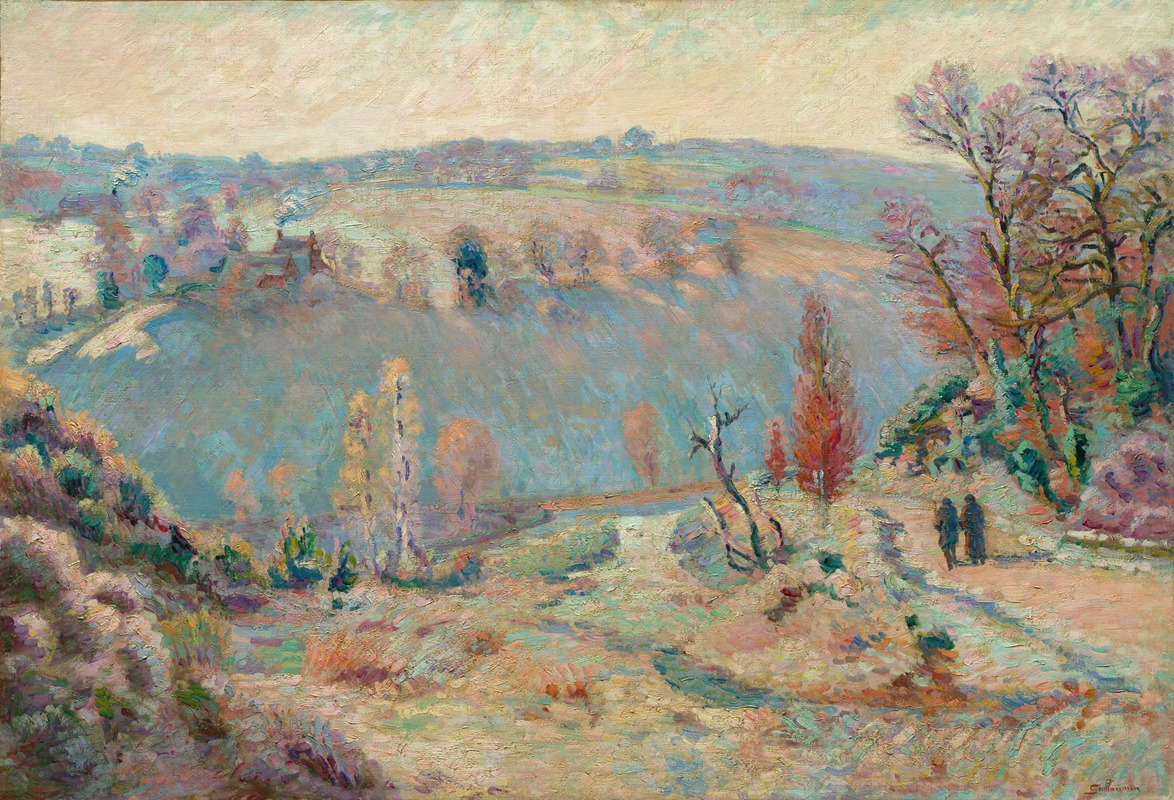
Valley of the Sédelle at Pont Charraud White Frost
A hand-painted replica of Armand Guillaumin’s masterpiece Valley of the Sédelle at Pont Charraud White Frost, meticulously crafted by professional artists to capture the true essence of the original. Each piece is created with museum-quality canvas and rare mineral pigments, carefully painted by experienced artists with delicate brushstrokes and rich, layered colors to perfectly recreate the texture of the original artwork. Unlike machine-printed reproductions, this hand-painted version brings the painting to life, infused with the artist’s emotions and skill in every stroke. Whether for personal collection or home decoration, it instantly elevates the artistic atmosphere of any space.
Armand Guillaumin was a prominent French Impressionist painter known for his vibrant landscapes and his role in the development of the Impressionist movement. One of his notable works is "Valley of the Sédelle at Pont Charraud, White Frost," which exemplifies his mastery in capturing the nuances of natural light and the beauty of rural France.
Guillaumin was born in Paris in 1841 and became associated with the Impressionist movement through his connections with artists like Camille Pissarro and Paul Cézanne. He was known for his use of bold colors and his ability to convey the atmosphere of a scene, often focusing on the landscapes of the French countryside. His works are characterized by their vivid color palette and dynamic brushwork, which capture the transient effects of light and weather.
"Valley of the Sédelle at Pont Charraud, White Frost" is a landscape painting that depicts a serene view of the Sédelle Valley, a region in central France known for its picturesque scenery. The painting captures the valley during a period of white frost, a phenomenon where frost covers the landscape, creating a delicate and ethereal appearance. Guillaumin's depiction of this scene highlights his skill in rendering the subtle interplay of light and shadow, as well as his ability to evoke the crisp, cold atmosphere of a frosty morning.
The painting is notable for its use of color and texture. Guillaumin employs a palette of cool blues, whites, and grays to convey the chill of the frost-covered landscape. His brushwork is both fluid and precise, capturing the intricate details of the frost-laden trees and the gentle undulations of the valley. The composition is balanced and harmonious, drawing the viewer's eye across the canvas and inviting them to explore the tranquil beauty of the scene.
Guillaumin's work often focused on the natural beauty of the French countryside, and "Valley of the Sédelle at Pont Charraud, White Frost" is a testament to his dedication to capturing the essence of these landscapes. His paintings were not only a reflection of his personal connection to the land but also a celebration of the changing seasons and the ephemeral qualities of nature.
Throughout his career, Guillaumin remained committed to the principles of Impressionism, emphasizing the importance of light and color in his work. His contributions to the movement were significant, and his paintings continue to be celebrated for their vibrant energy and emotive power. "Valley of the Sédelle at Pont Charraud, White Frost" is a prime example of his ability to transform a simple landscape into a captivating work of art that resonates with viewers.
Today, Guillaumin's works are held in high regard and can be found in major art collections around the world. His paintings, including "Valley of the Sédelle at Pont Charraud, White Frost," continue to inspire and captivate audiences, offering a glimpse into the serene and beautiful landscapes of 19th-century France.





